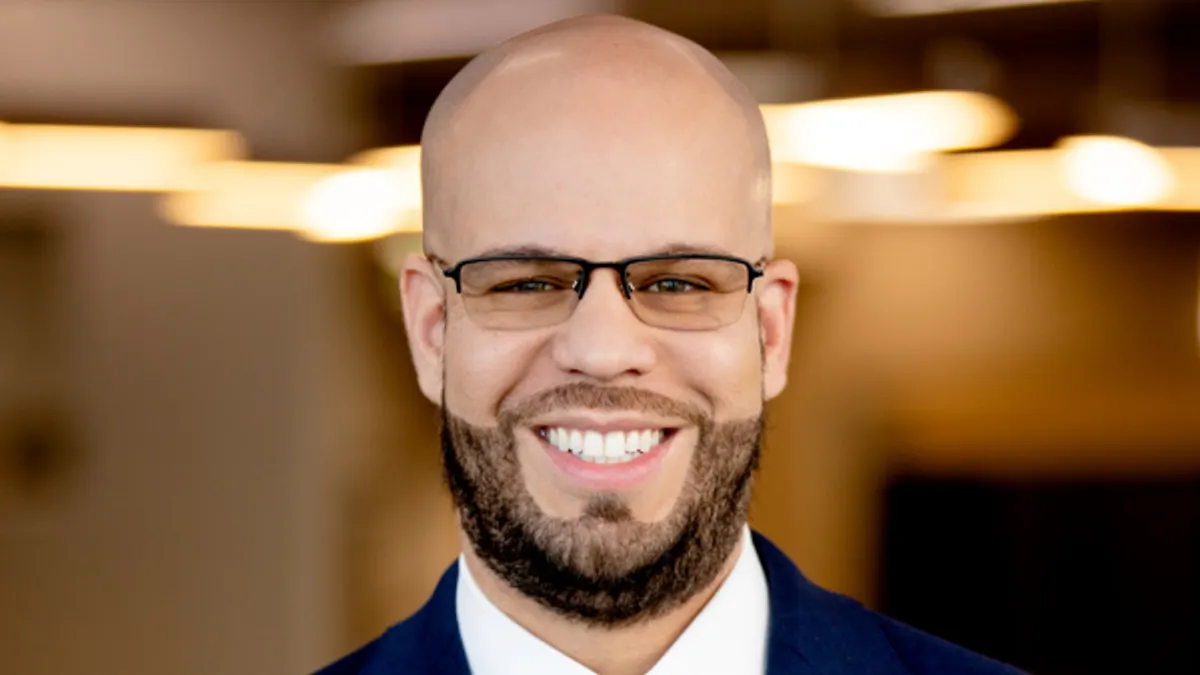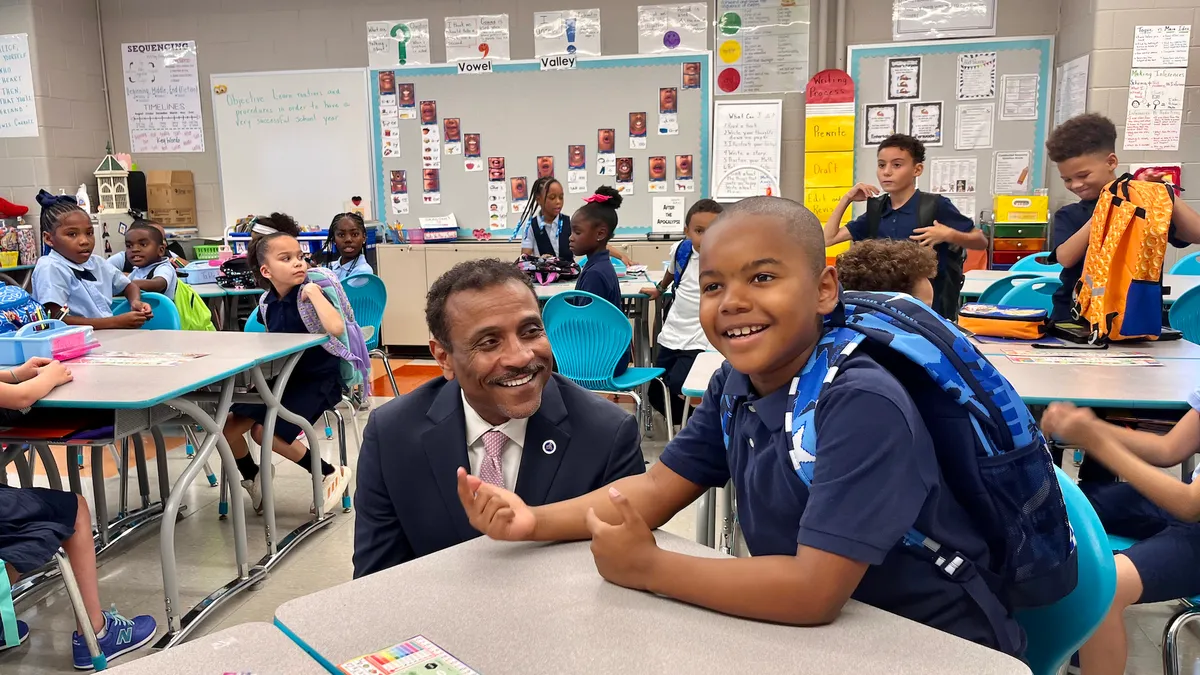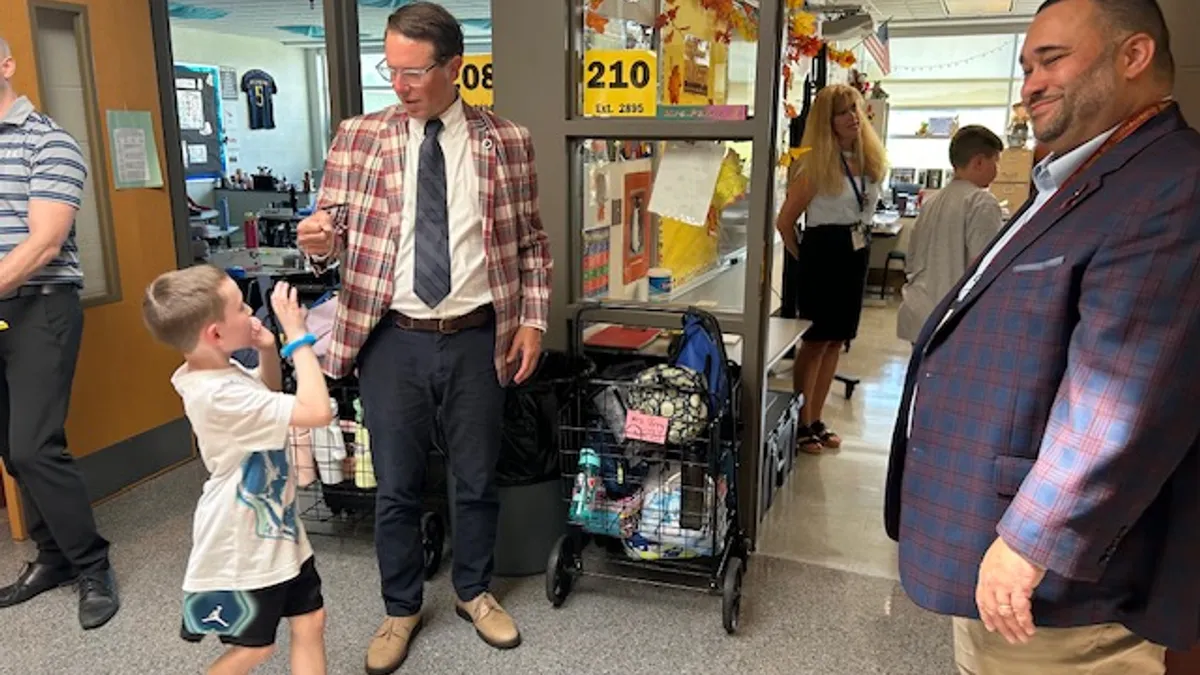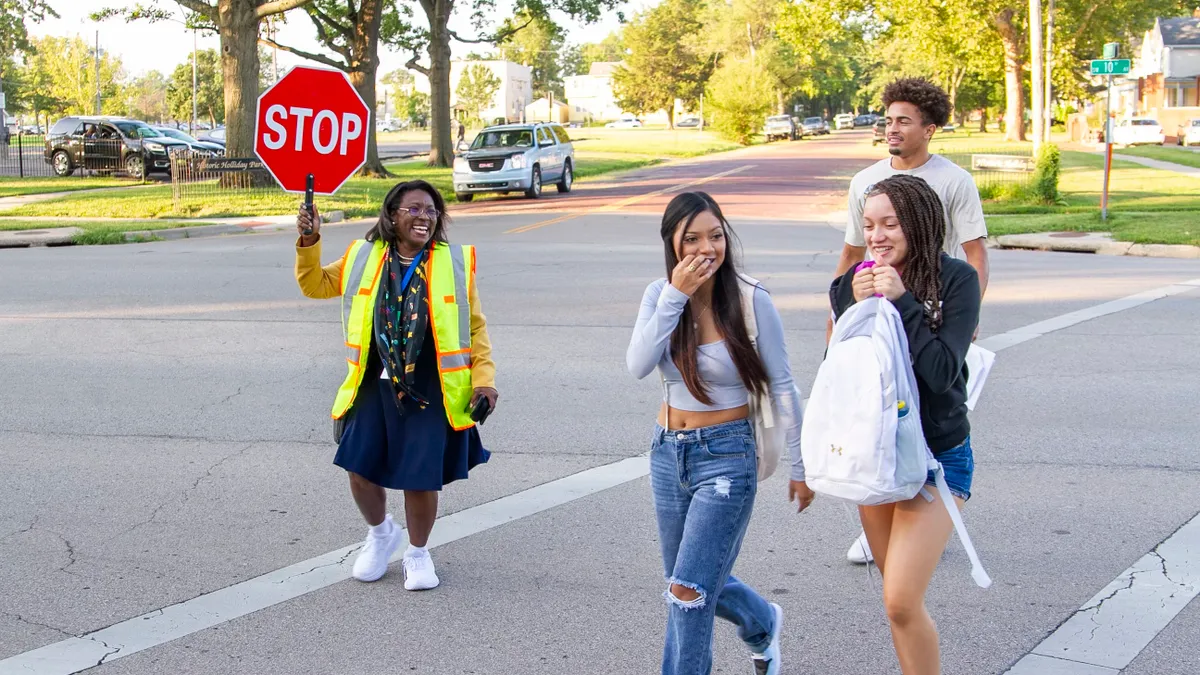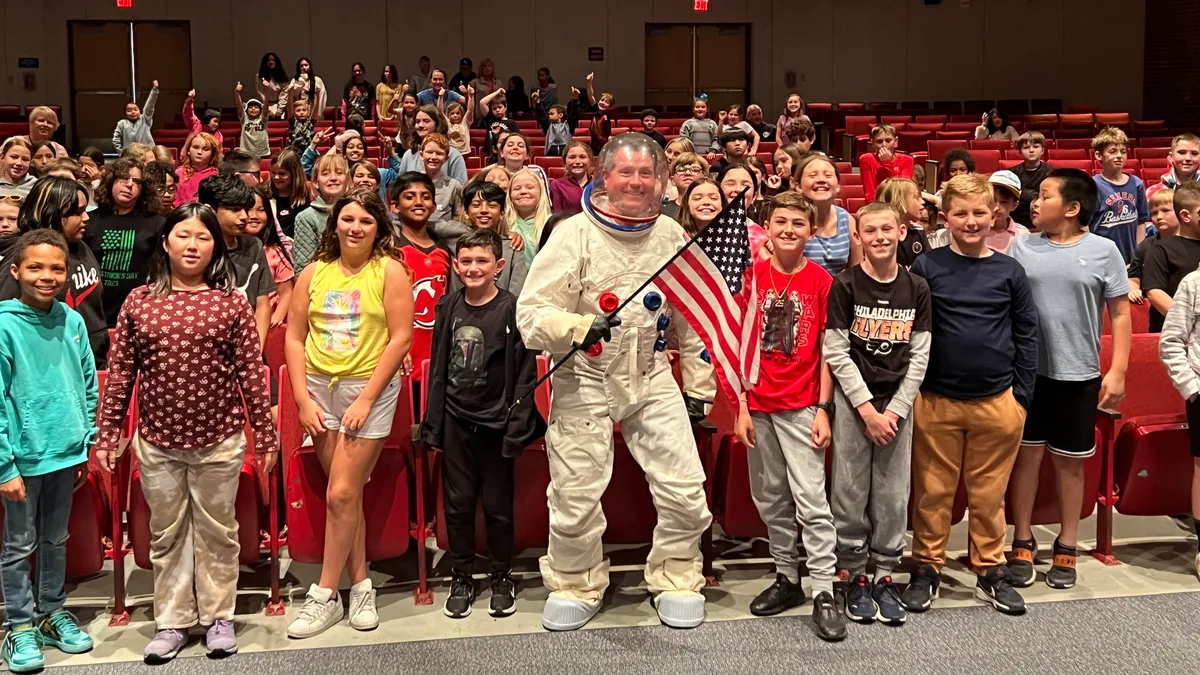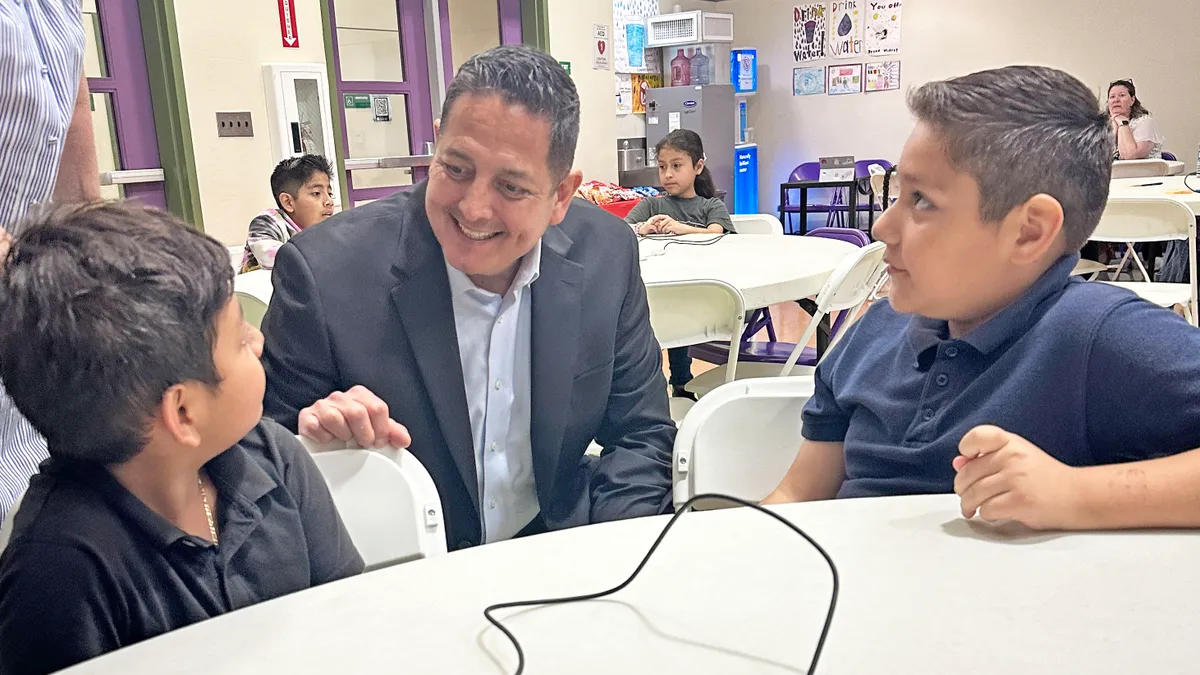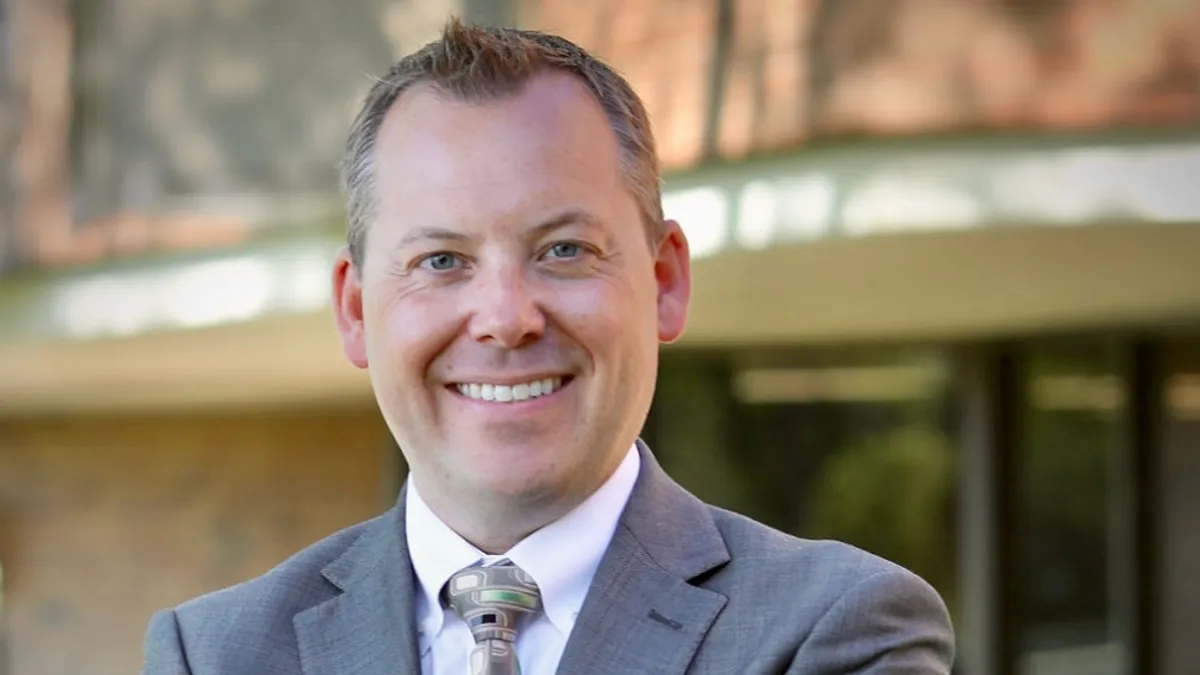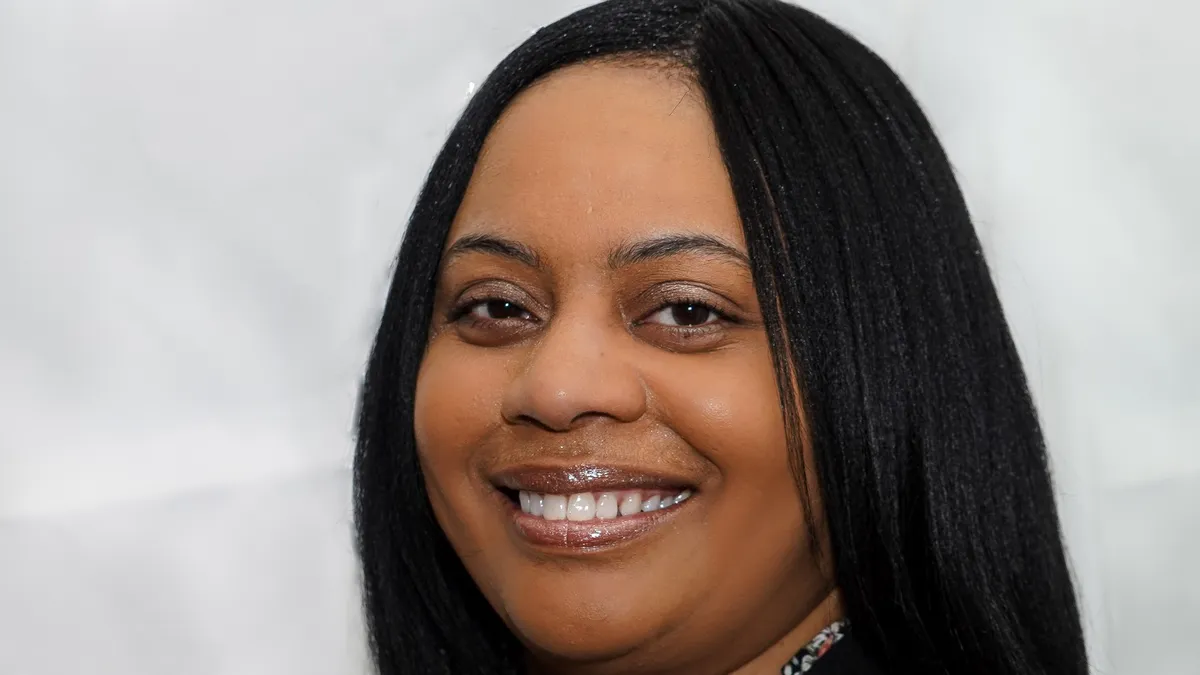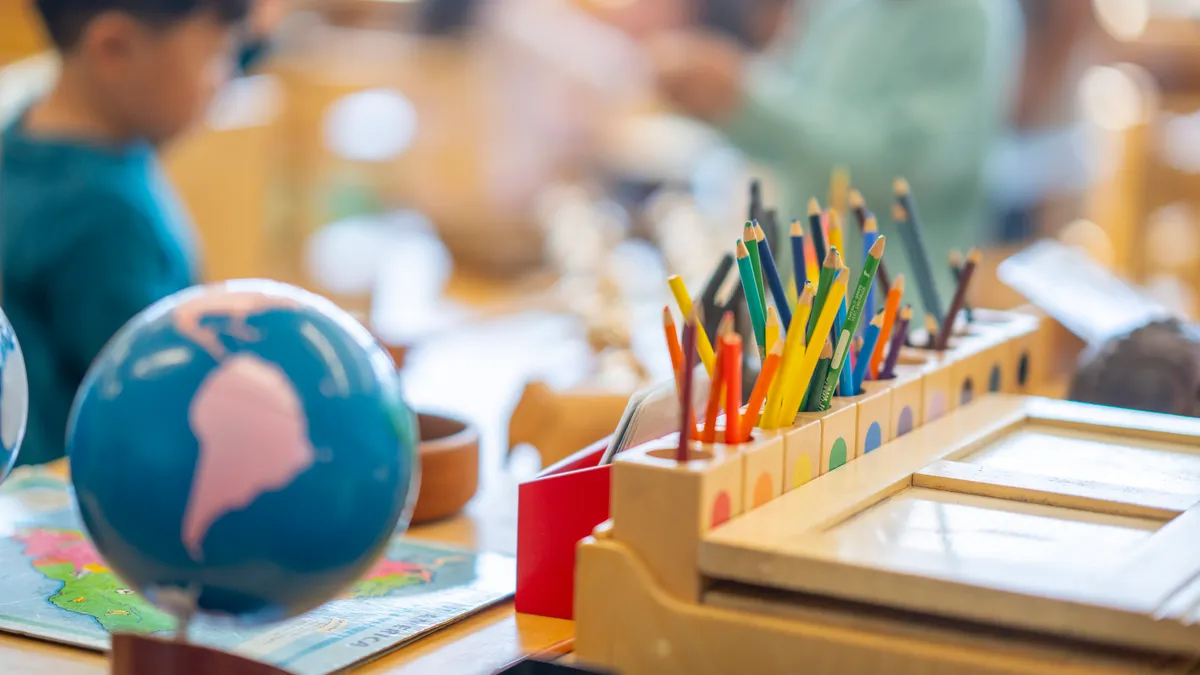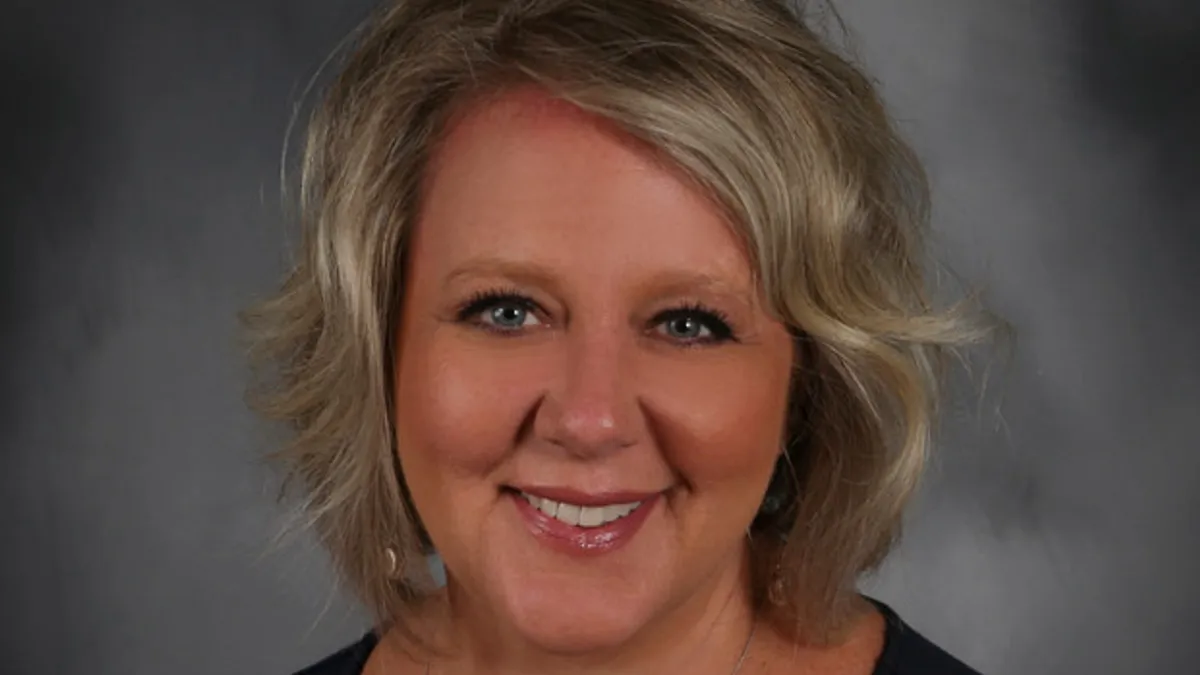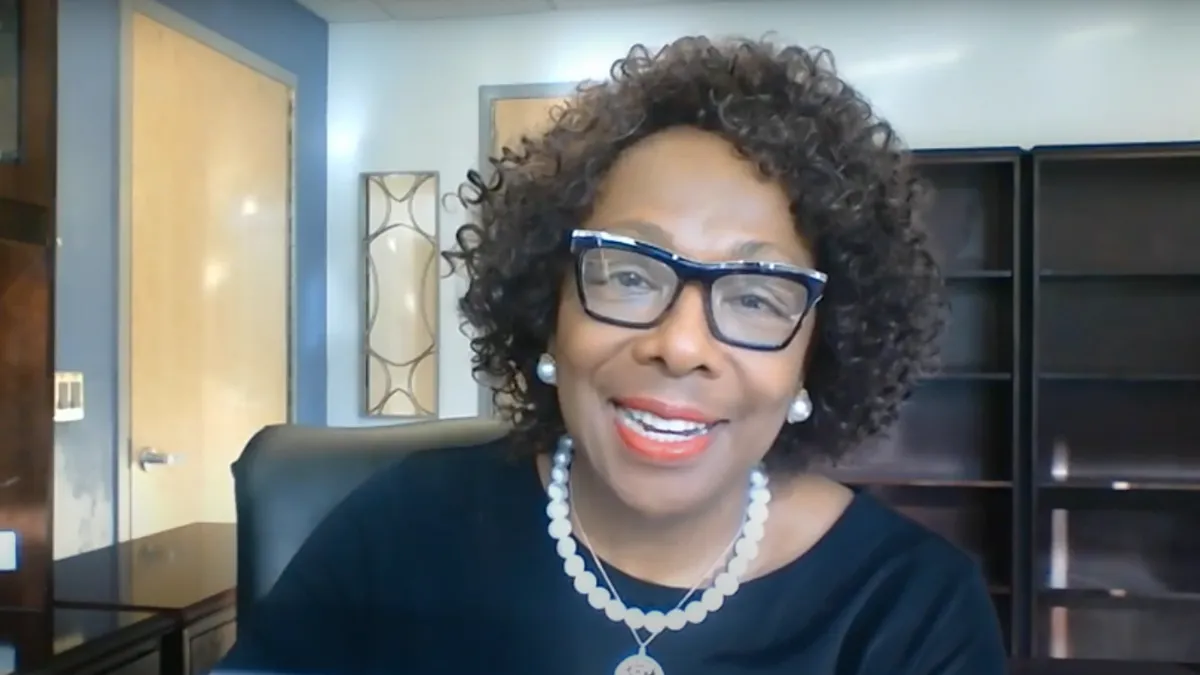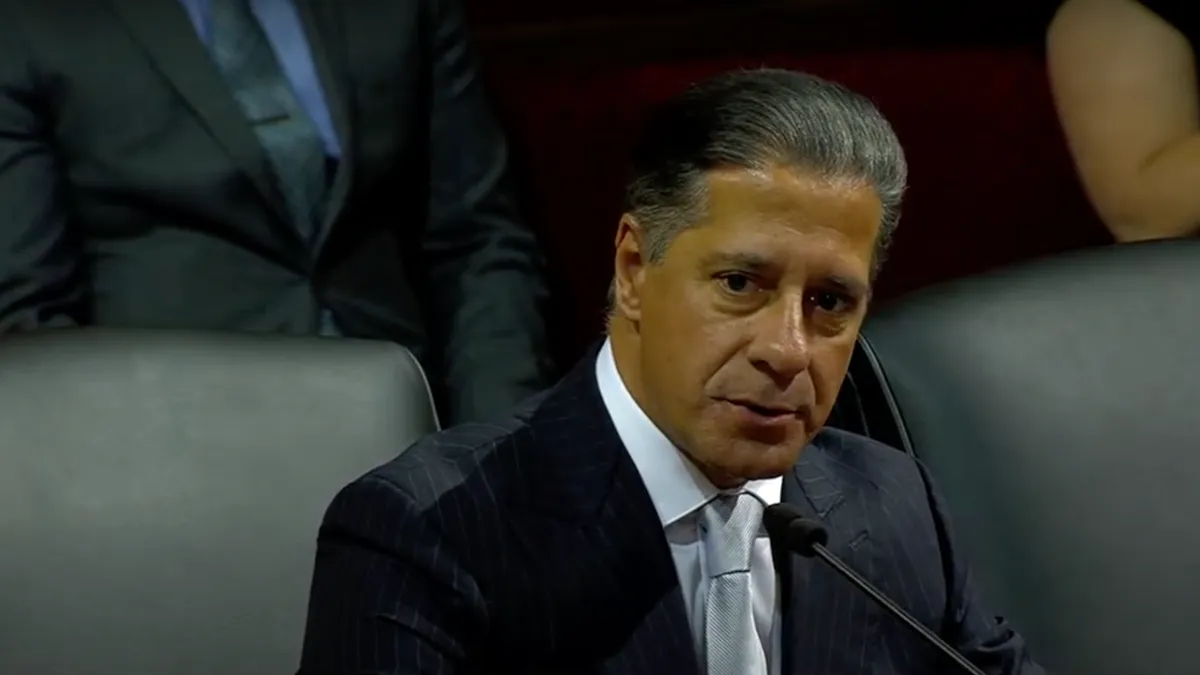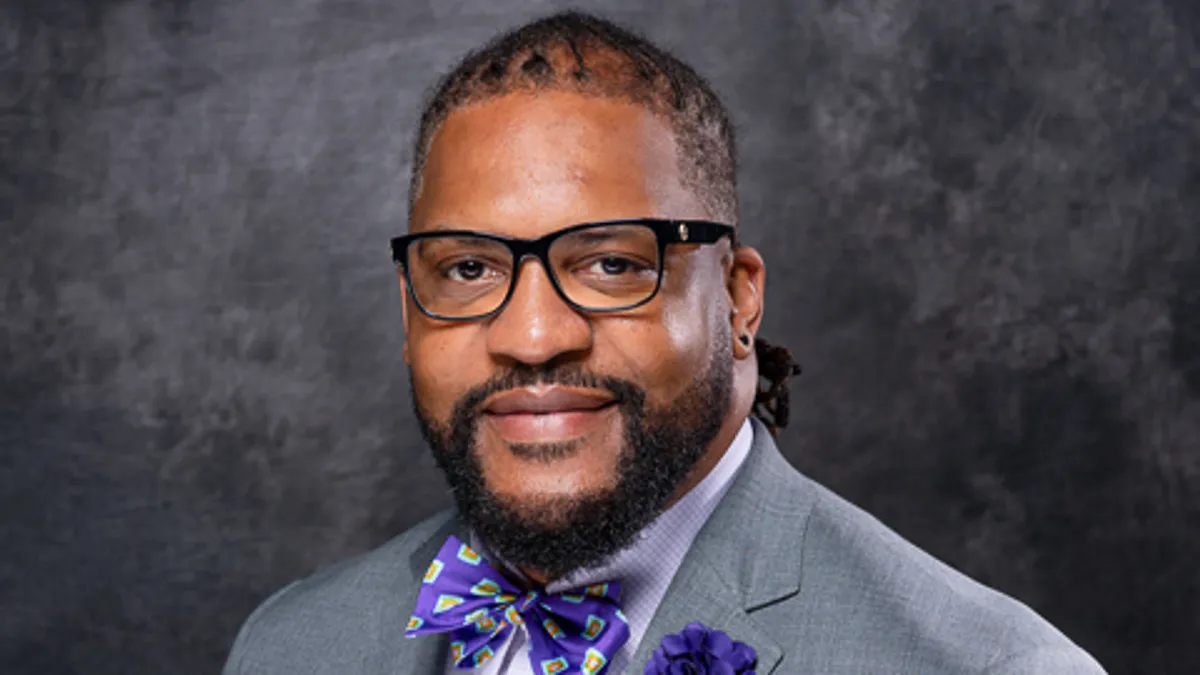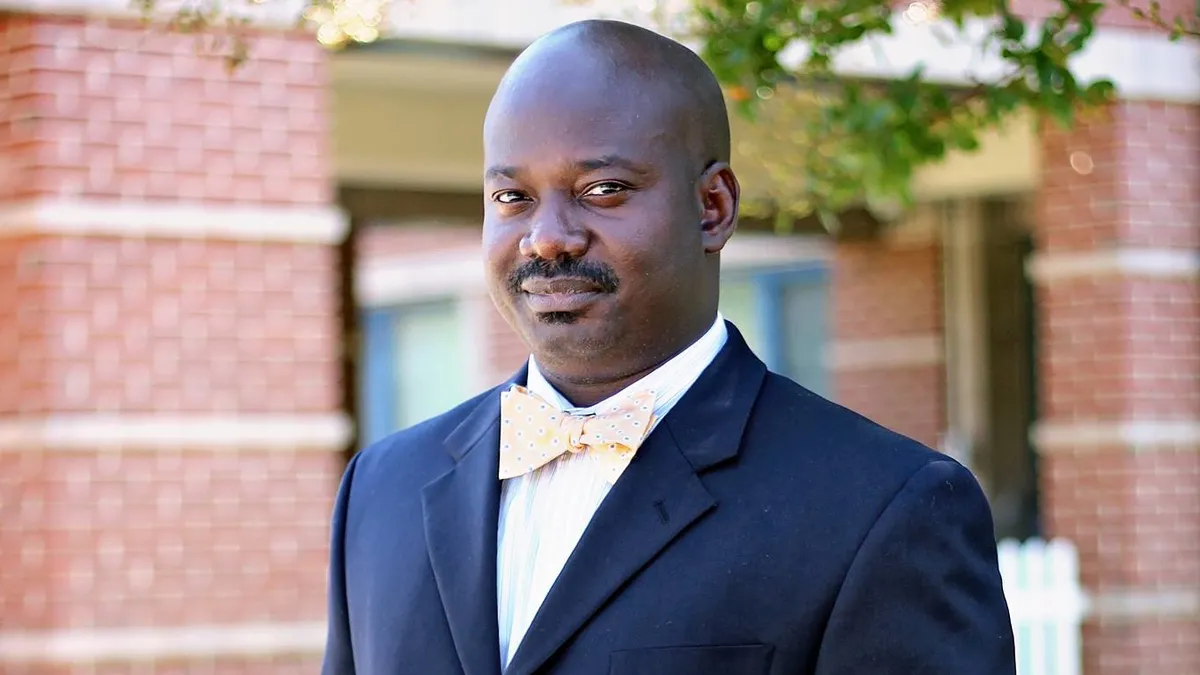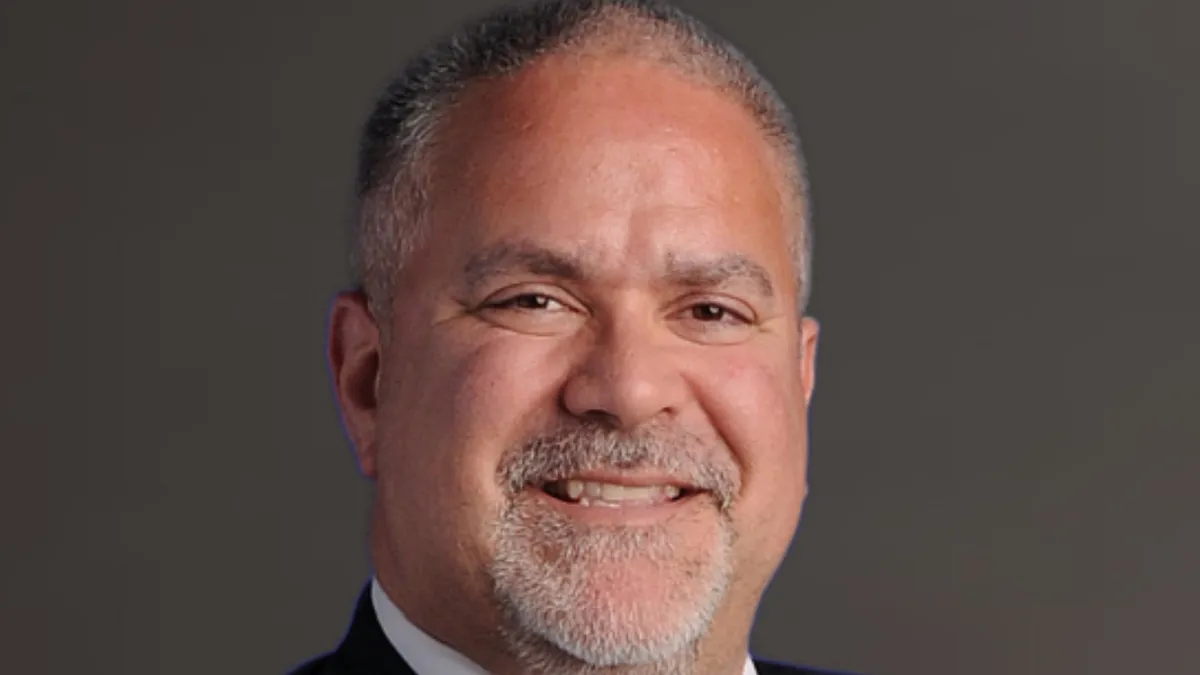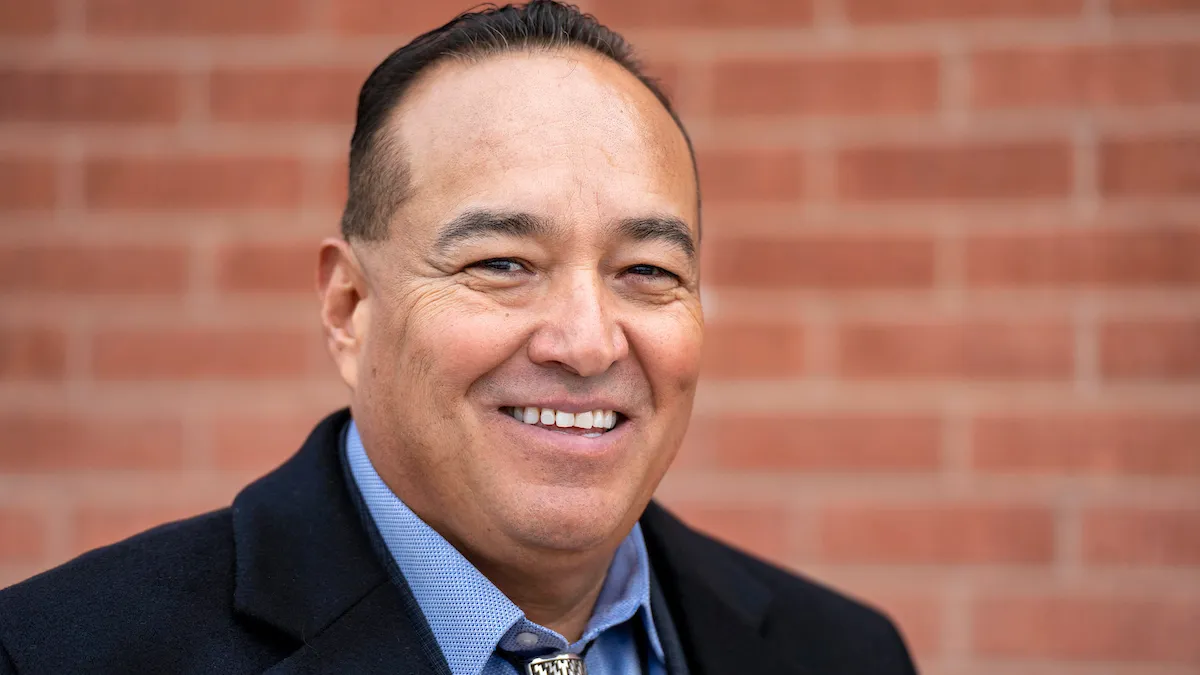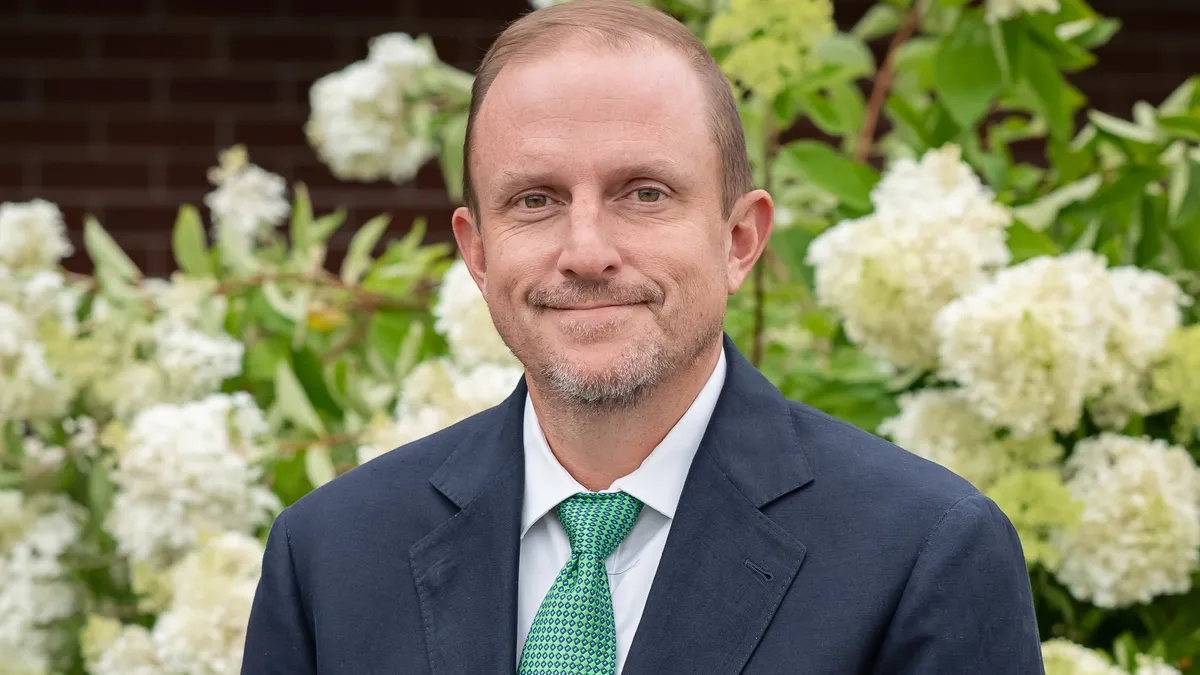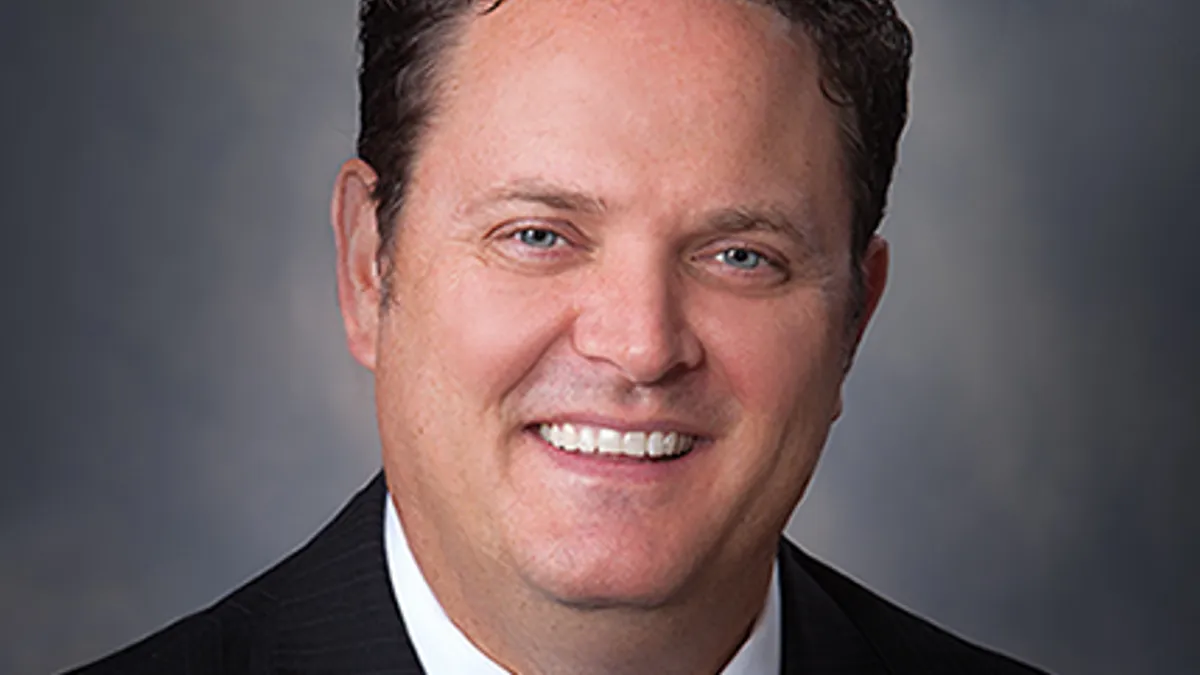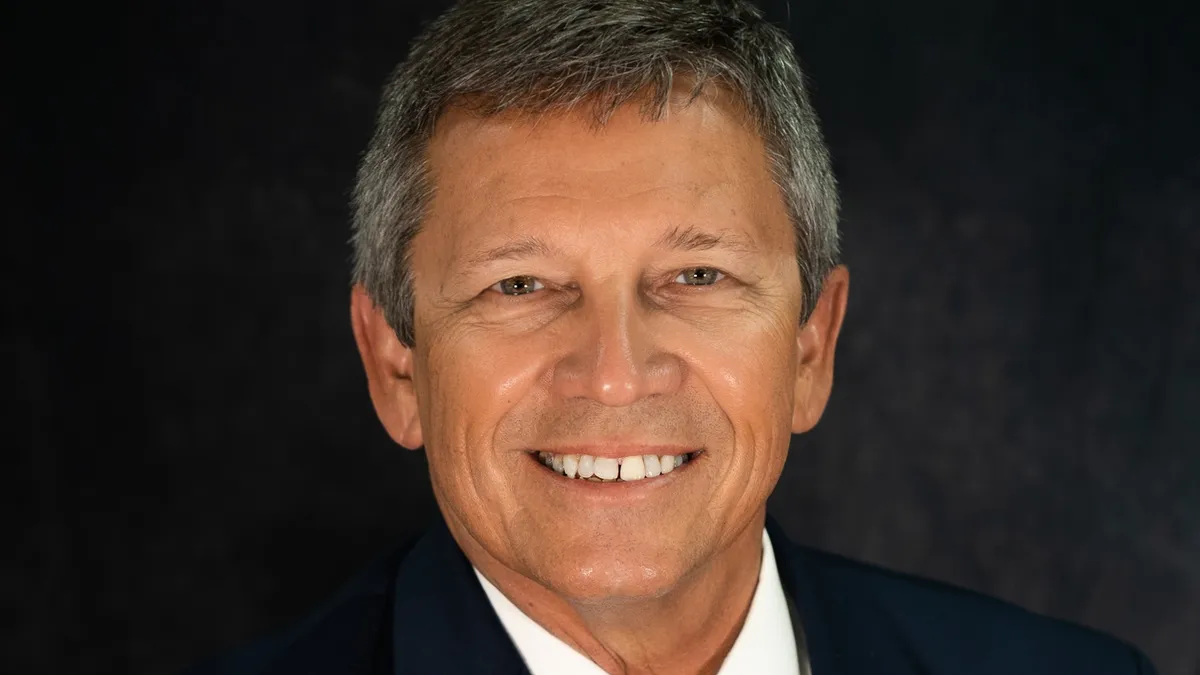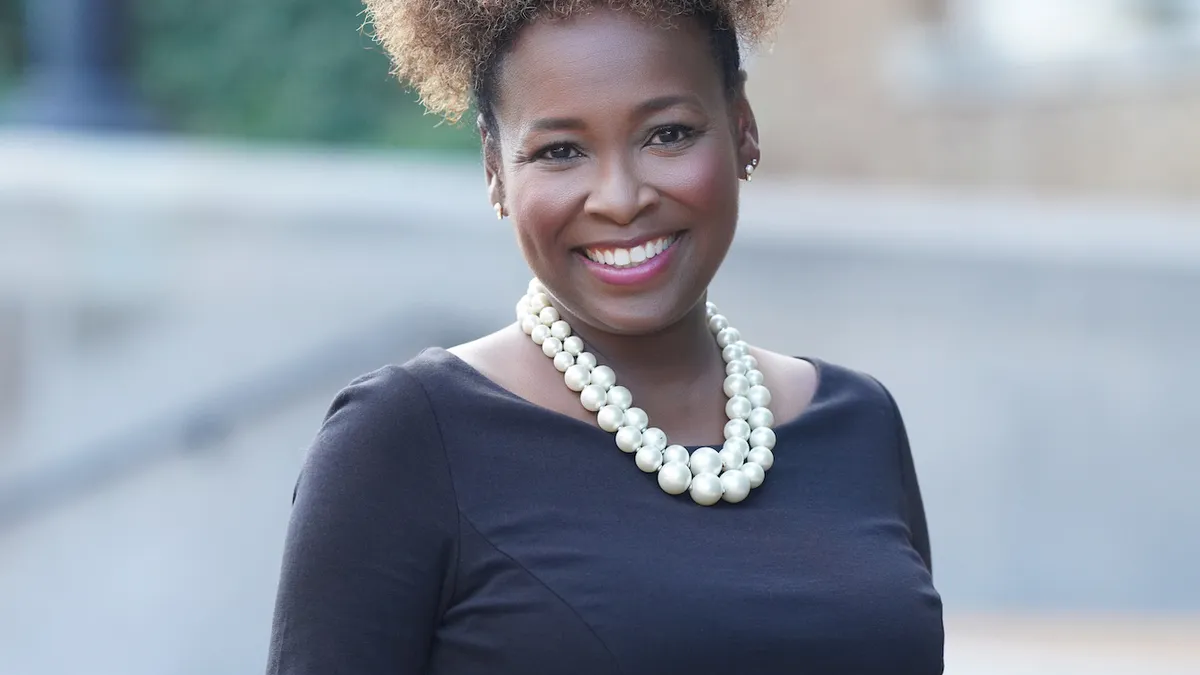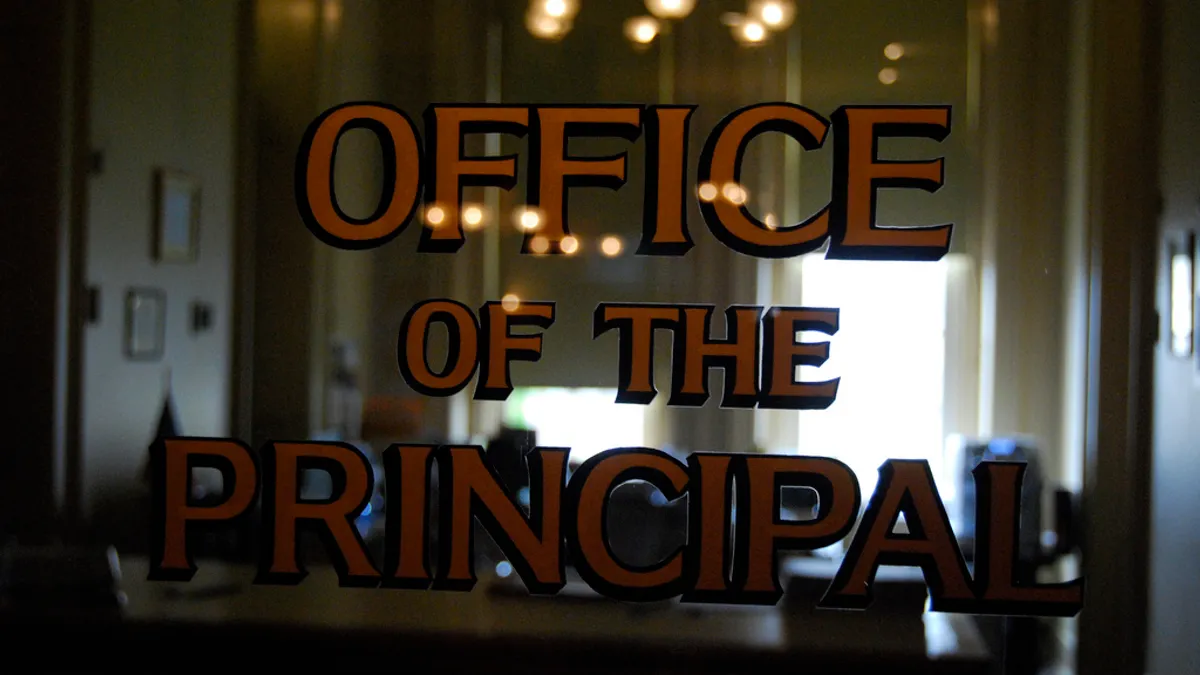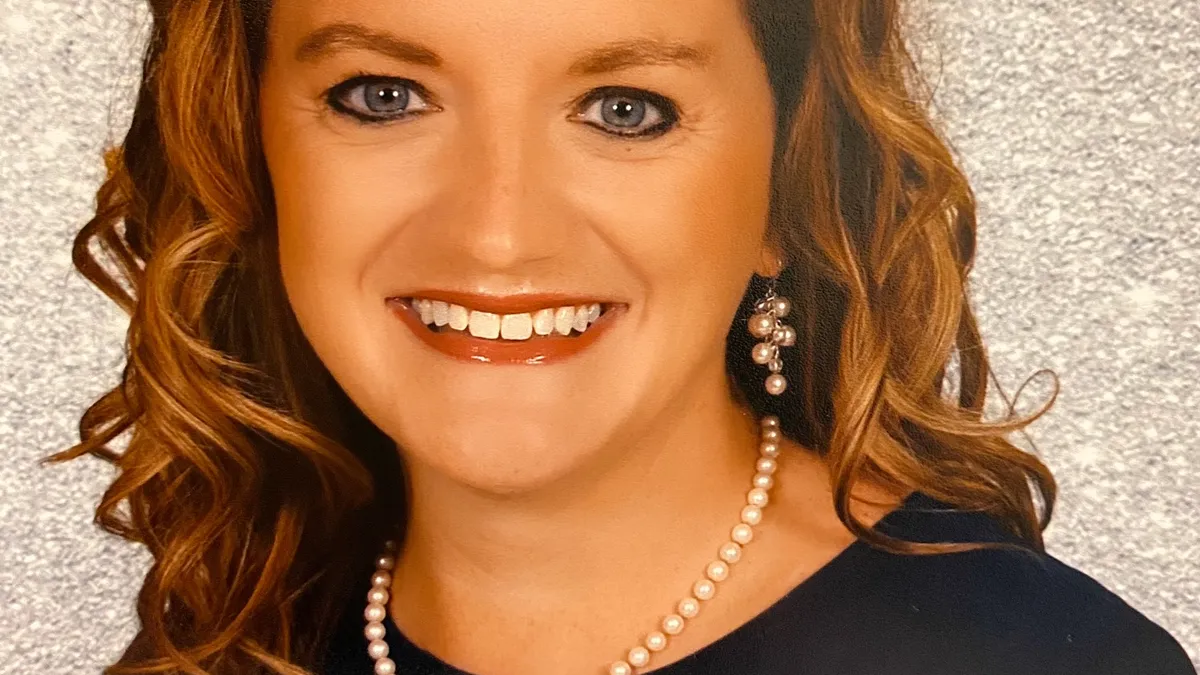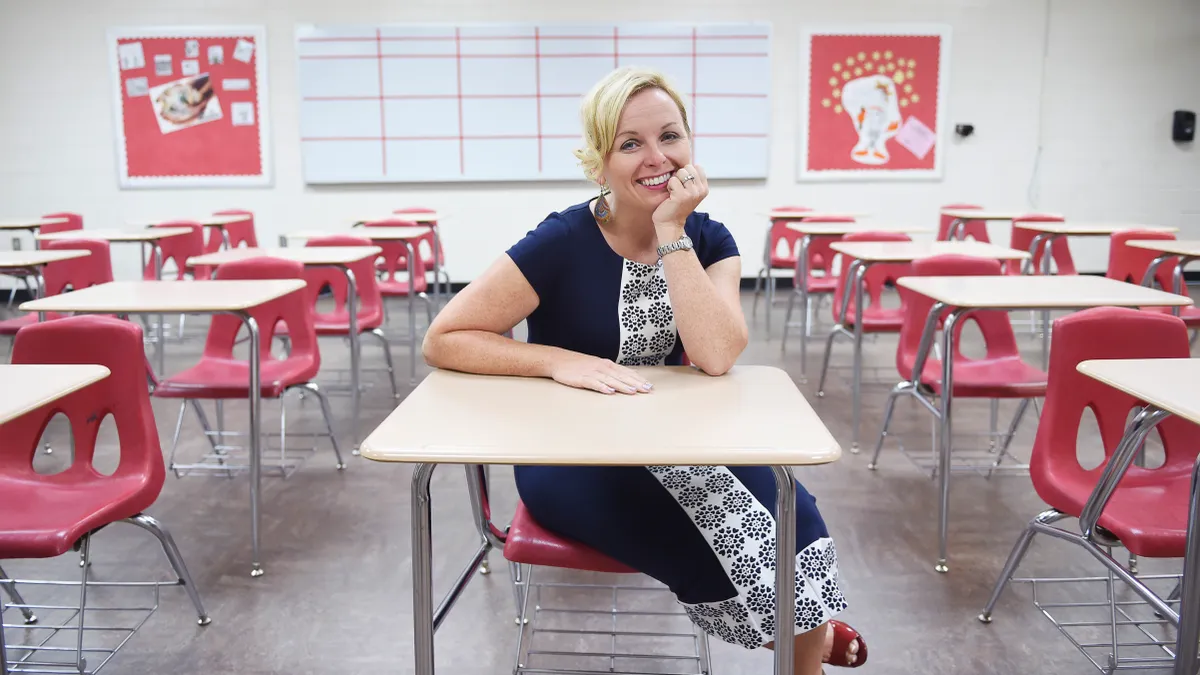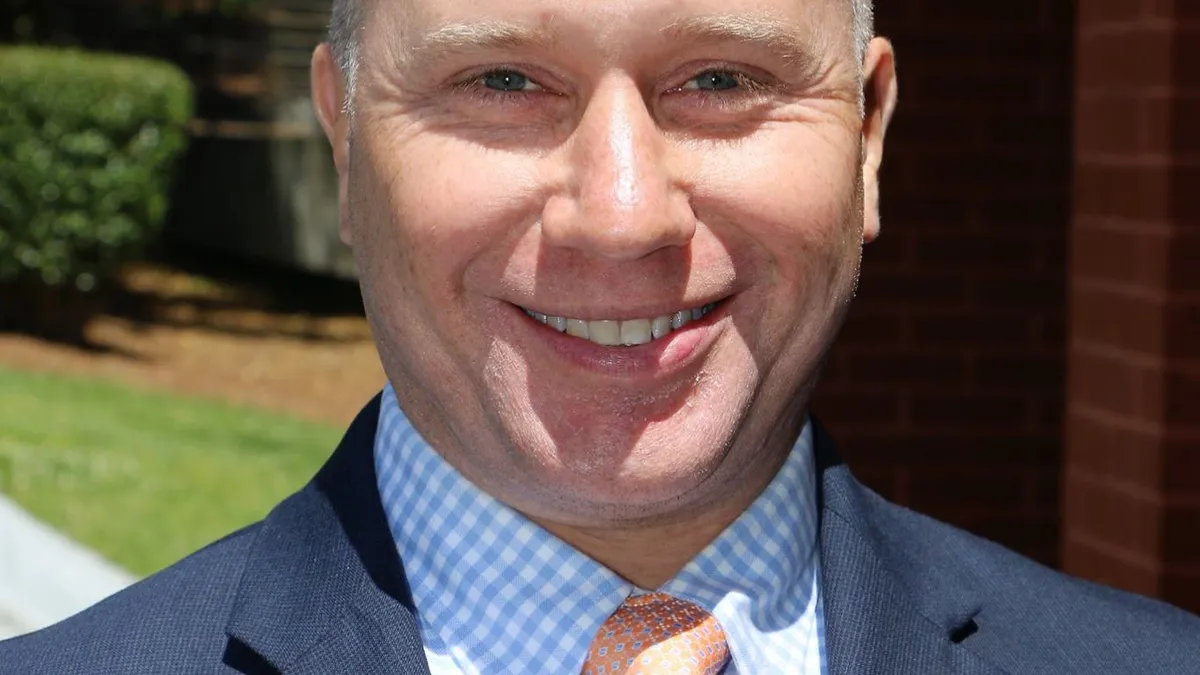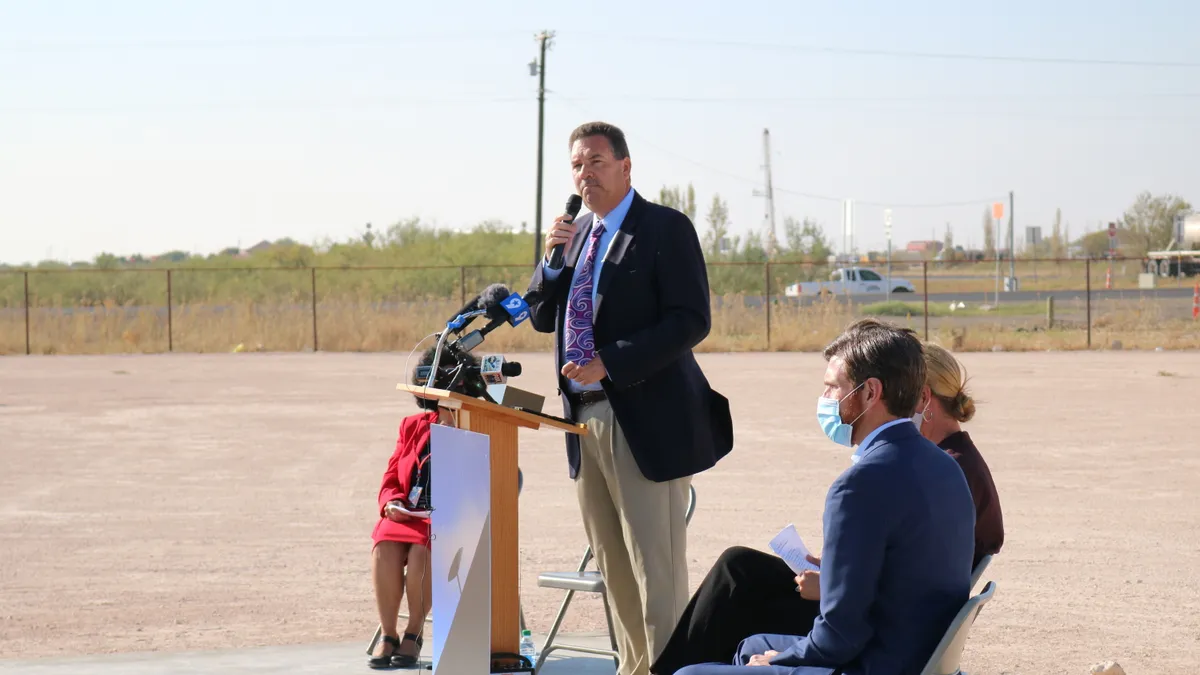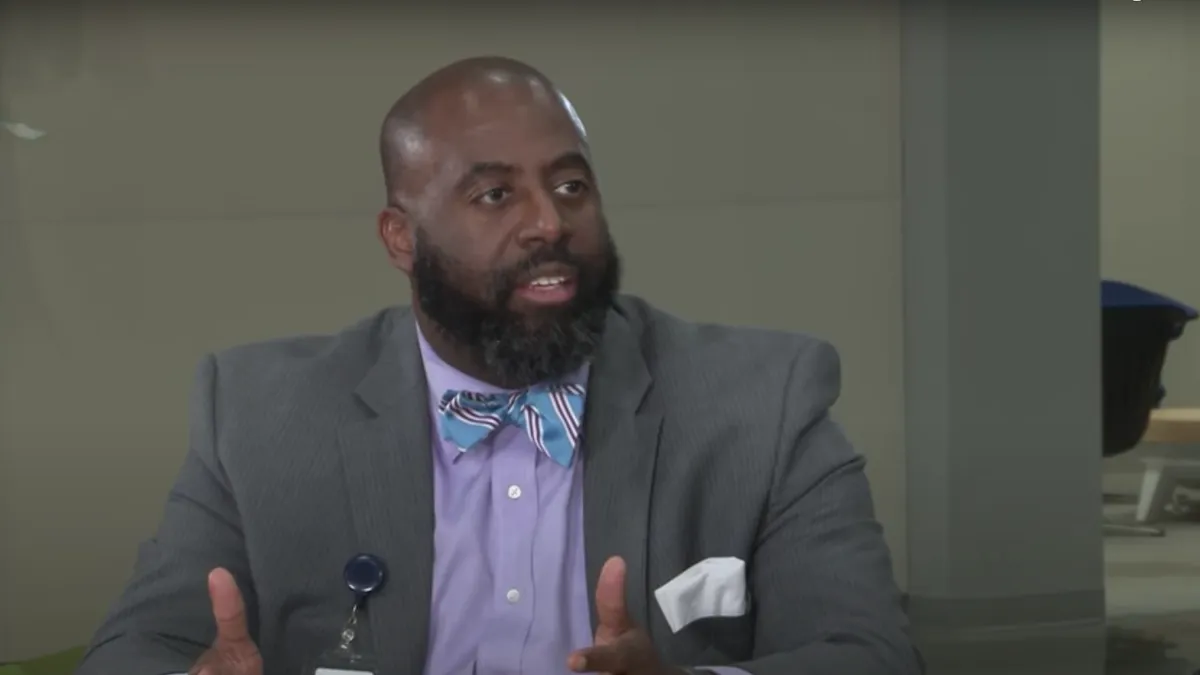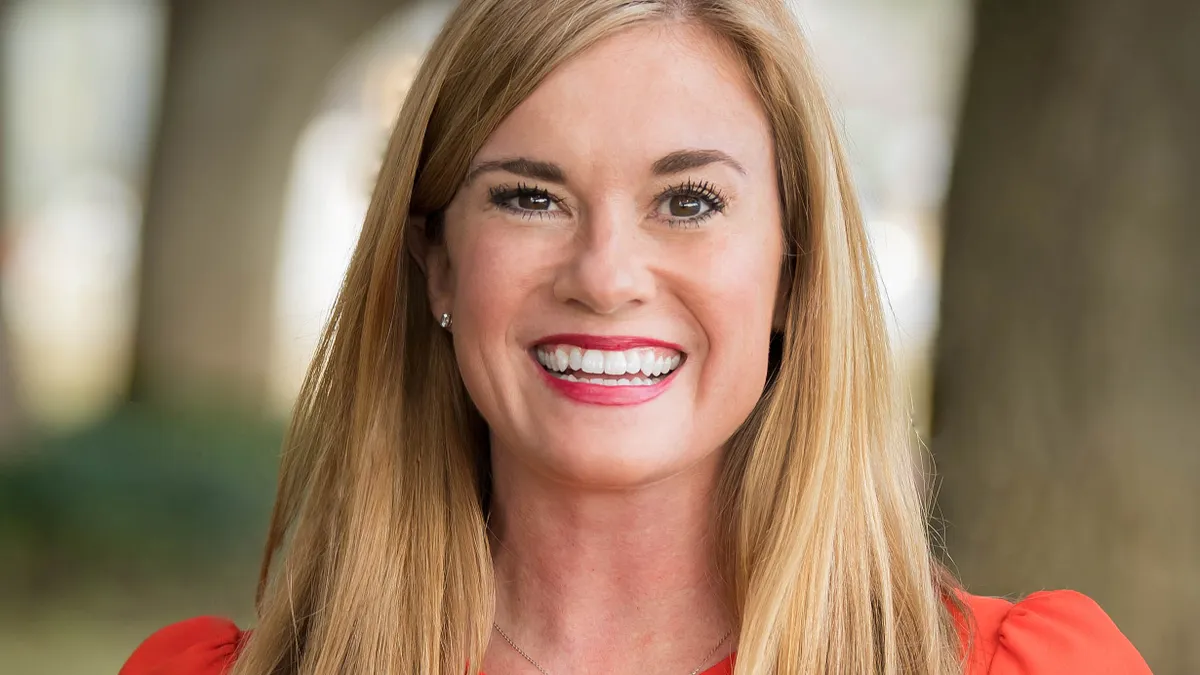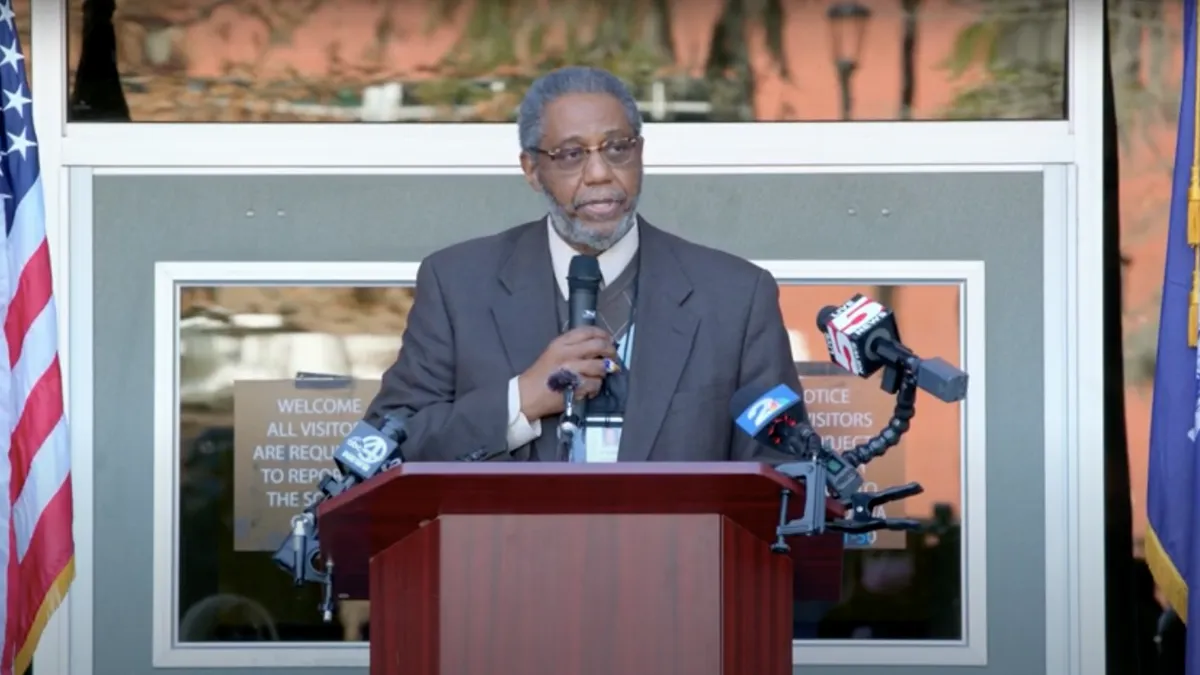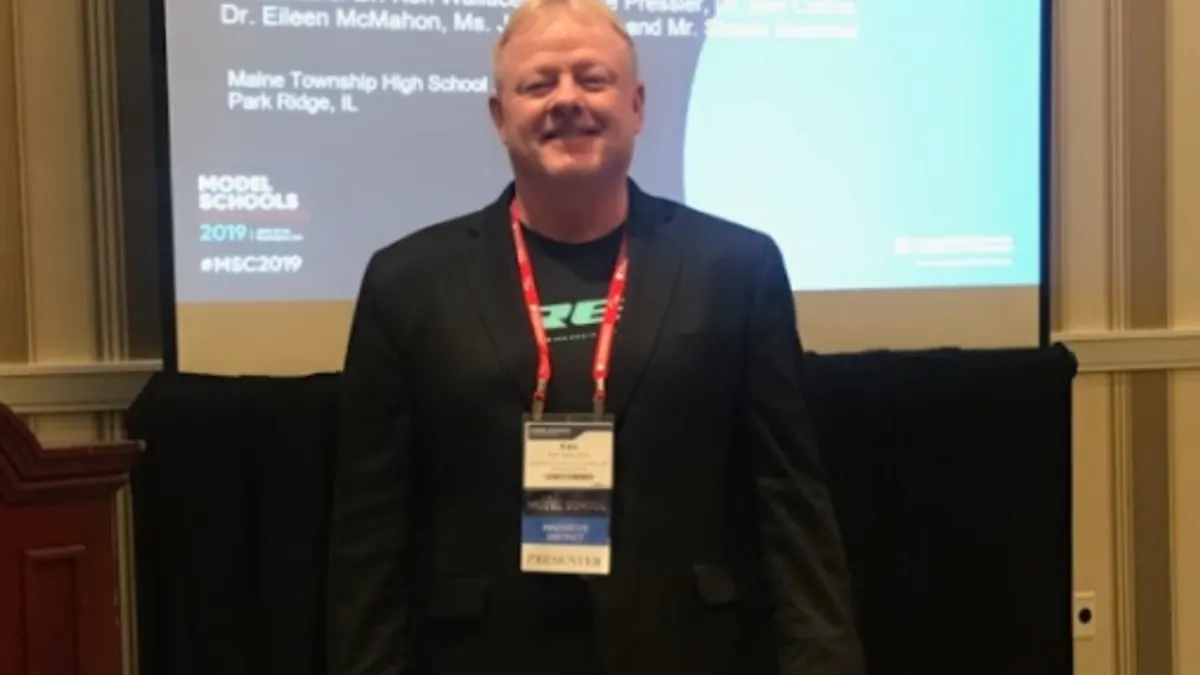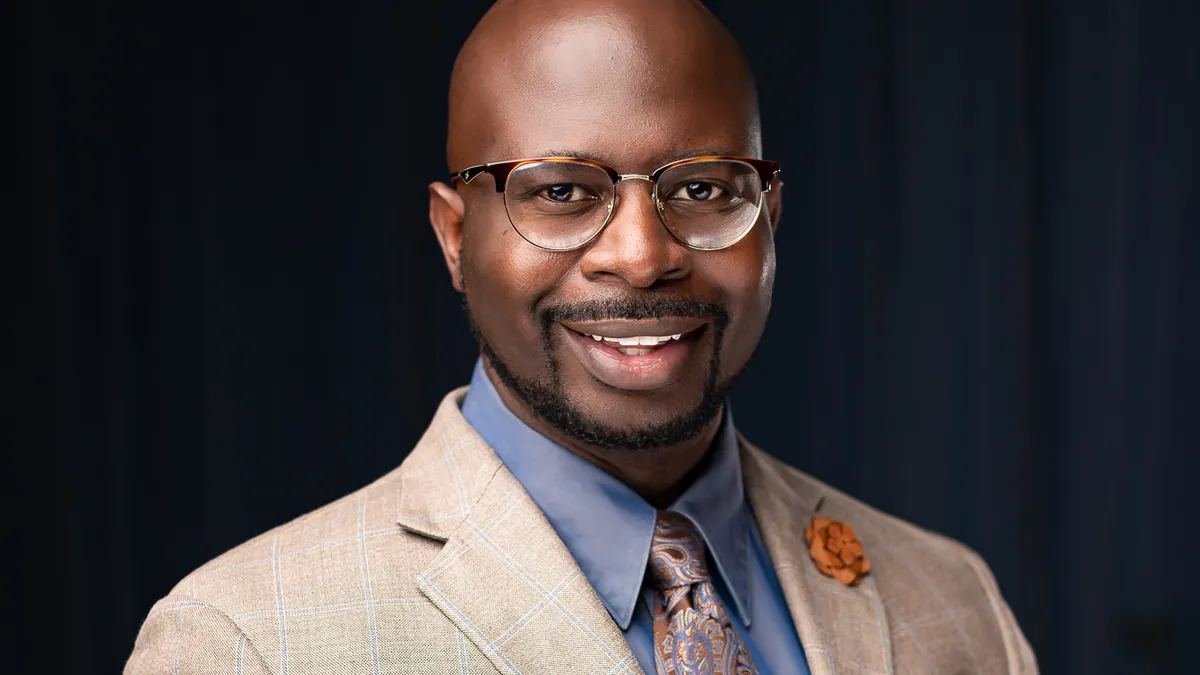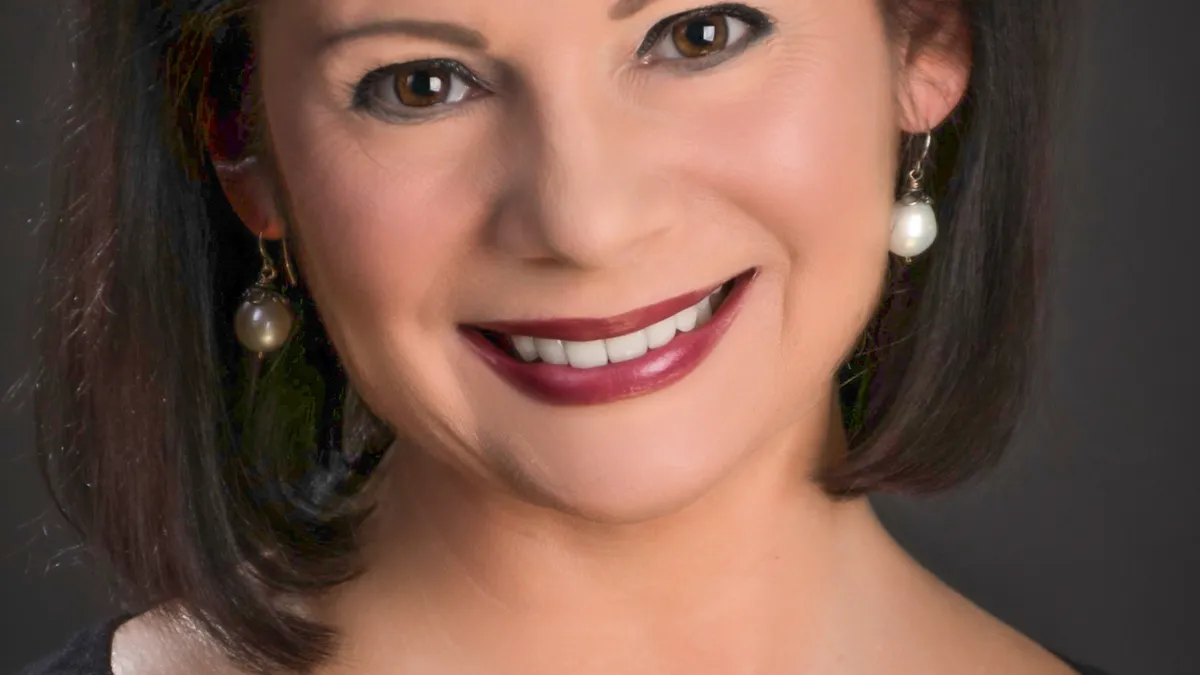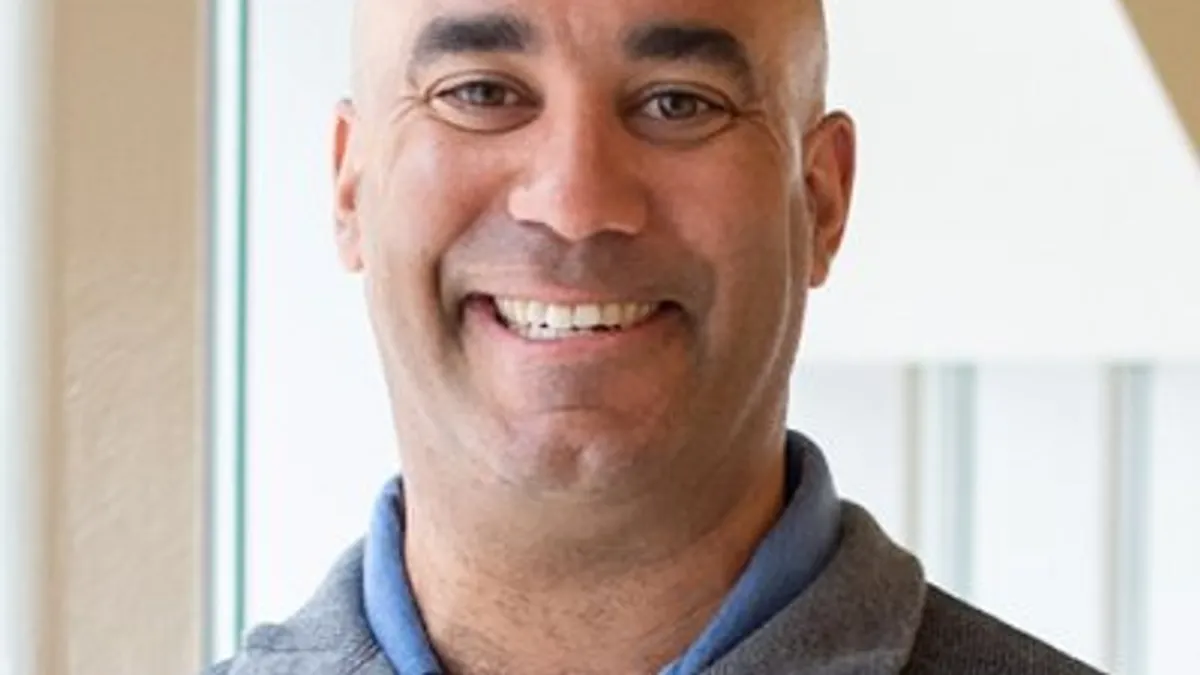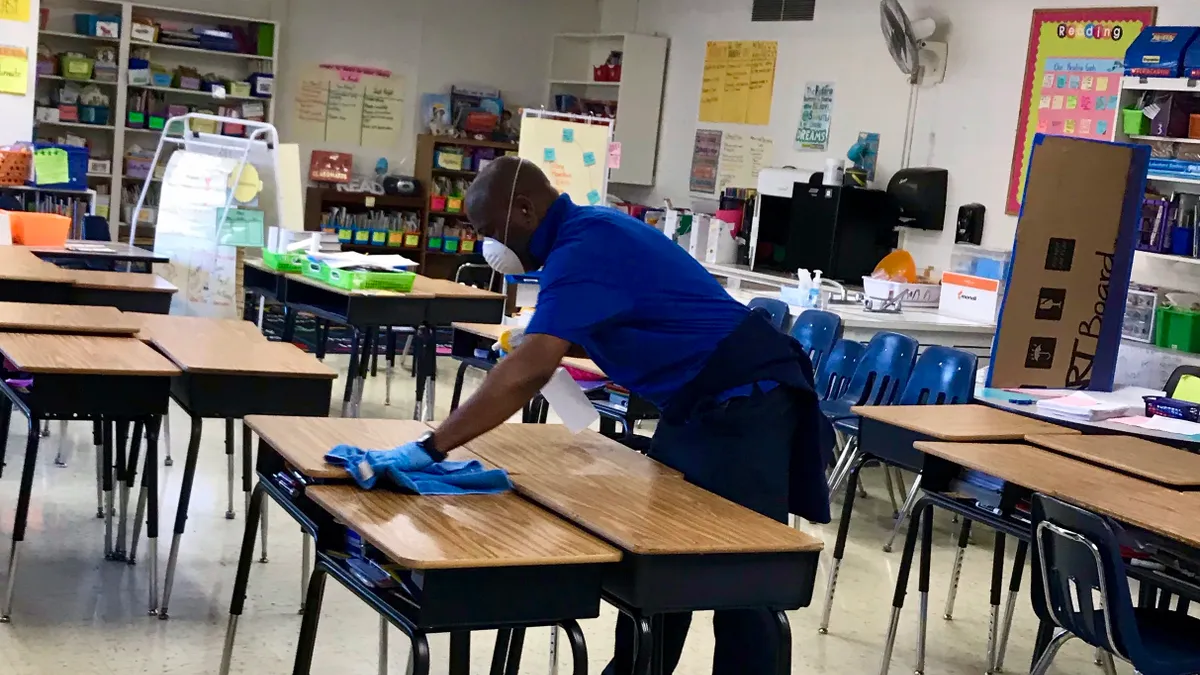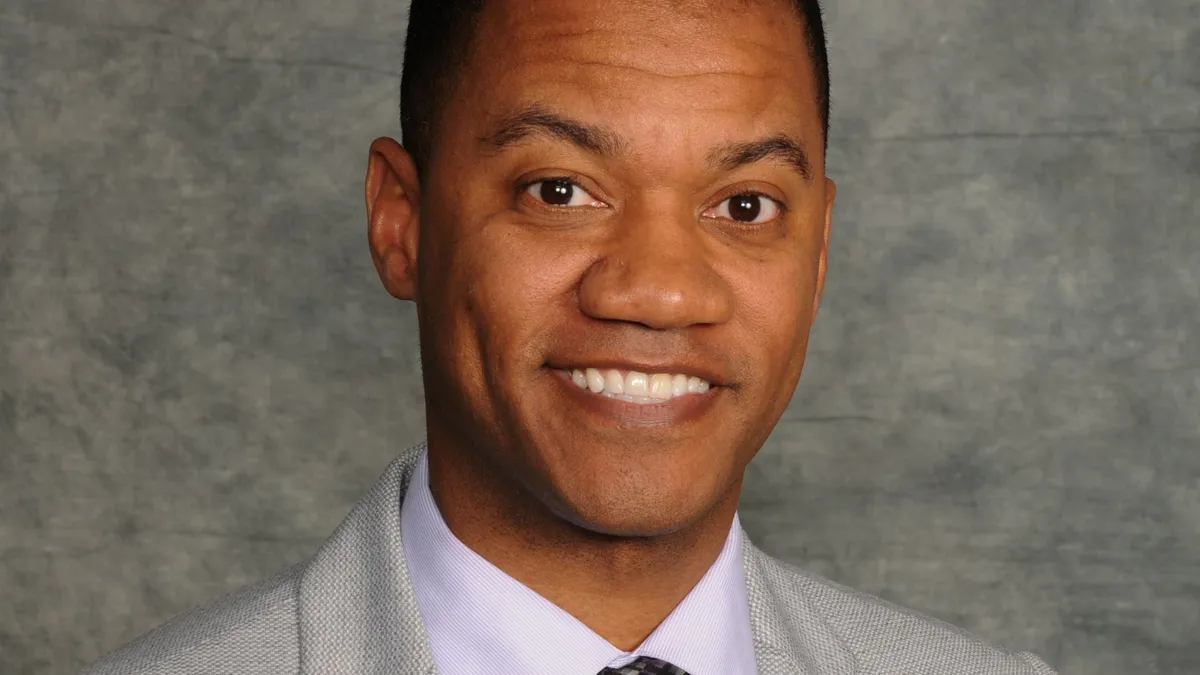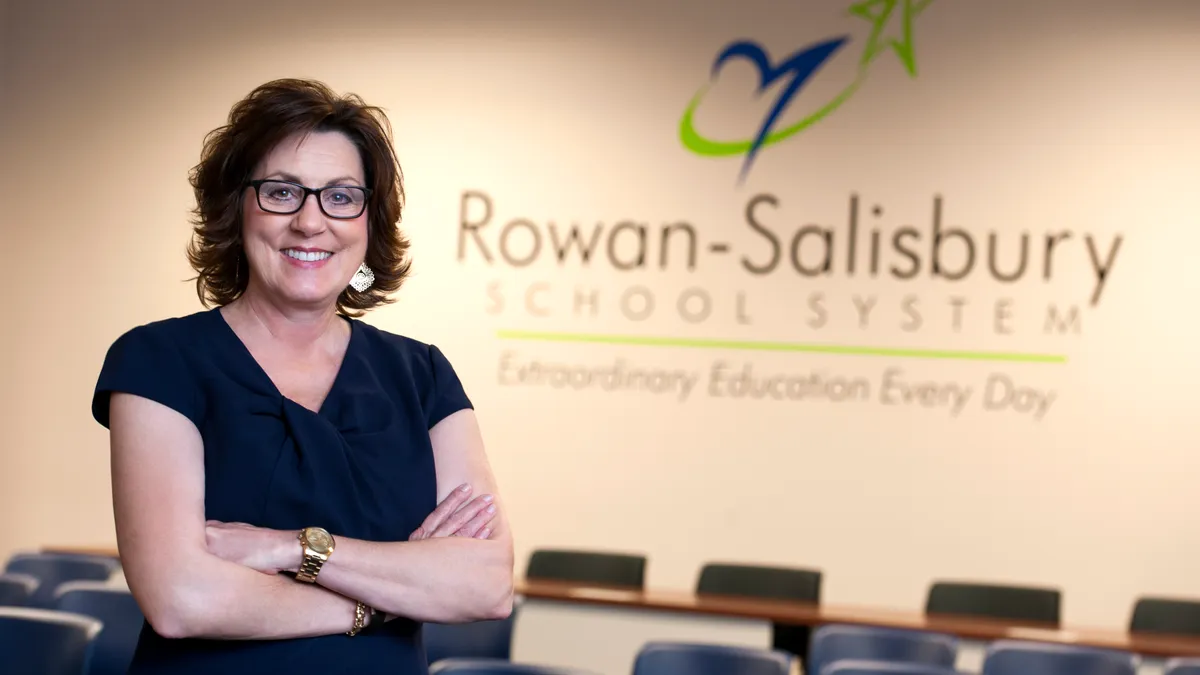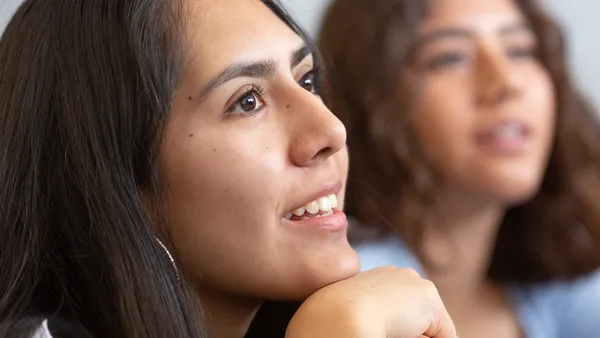Lessons In Leadership is an ongoing series in which K-12 principals and superintendents share their best practices as well as challenges overcome. For more installments, click here.
If anyone can attest to the power of longevity in the superintendency, it’s Suzanne Lacey. Having led Alabama’s Talladega County Schools for 16 years, Lacey has actually spent the entirety of her 39-year career in the rural, 7,100-student school district, which serves seven communities.
In that time, she has overseen a transition to a 1:1 device program that came to fruition in 2012 and set the district up to pivot to remote learning during the COVID-19 pandemic. Over Lacey's tenure, the district also integrated project-based learning, which includes STEM partnerships with local industries, including NASCAR — which hosts two races per year at the Talladega Superspeedway.
We recently caught up with Lacey to learn more about what went into such an early transformation to 1:1 devices, how community partnerships are enhancing hands-on learning opportunities, and her advice for other rural school leaders.
Editor’s Note: The following interview has been edited for brevity and clarity.
K-12 DIVE: What led you to make it a priority to put a device in every student's hand even before the pandemic-driven urgency?
SUZANNE LACEY: Back in 2008, when I became superintendent, our central office team had already been researching new methodologies on how instruction was being delivered in classrooms all across the country. We took trips from California to Ohio to North Carolina to observe classrooms and see what was happening in school districts where students were performing well.
The common thread in those visits included project-based learning, and each student had a device to support their learning. So that was really the methodology we felt confident about implementing in classrooms throughout our district.
We really started that integration of technology back in 2008. By 2012, every student had a device. We had a lot of professional development to train our teachers on how to use the devices to support student learning.
What were some of the challenges of initially moving to a 1:1 device program?
LACEY: I think one of the greatest challenges was just the infrastructure of our district and the availability of resources within our county to provide internet. Honestly, that is still a problem in some areas because we are rural. But the pandemic really opened the eyes of a lot of individuals who have stepped up to the plate with utility companies here to work harder to provide the internet for these remote locations.
Secondly, just preparing our school district with the infrastructure during the course of a school day, when you have 7,100 kids utilizing a device. We had to do a lot of internal upgrades with our framework to make sure we had all of the proper resources to make that happen every single day without interruptions.
Did you have any challenges with buy-in from the school community?
LACEY: You know, not really. I think we have done a good job of preparing our school community for change, and we had a lot of opportunities for parents to be in our schools to see firsthand what classrooms were doing — and how they look different and perform differently compared to when they were in school.
We started some intensive work at one of our schools, Winterboro High School, that really became the model for all of our schools throughout the district. Winterboro set the tone and set the stage for change in our district, because they did it so well.
We were graduating, at the time, around 60% of our kids. And with two years of technology implementation and project-based learning changing the way we were delivering instruction, the graduation rate went up tremendously, to a little bit over 80%.
We really crafted a well-documented plan for change, and then we immersed all 16 other schools with a similar framework. A lot of that was including parents’ input and opportunities for them to come to the school and see what was going on.
Most importantly, we did a lot of intensive work with our teachers to acclimate them to the changes. We provided lots of good professional development, had the teachers at the table, and let them provide that important input from their perspective.
They're in the weeds every day, so they have been our heroes throughout this whole transformation process, and they continue to excel and seamlessly teach with the support of technology.
When it comes to experimentation with innovative learning models like project-based learning, how much has it helped that you've been able to partner with community neighbors and local industries like NASCAR?
LACEY: Well, that is a big part of project-based learning. The relevance of instruction in project-based learning oftentimes includes opportunities to solve real-world types of issues.
We have seen a lot of success with that, for example, with our Lincoln schools. NASCAR offers opportunities for students at the elementary level to experience what they call “Speediatrics.” And that's really science and motion, physics related to racing — and they translate that to the classroom for different content standards.
That has just made project-based learning come alive, to be able to partner with local business and industry. We have another school where students created a mechanism, a shut-off device for a crane company. And that was done by 13-year-olds: The company presented a problem to this class of 7th-graders with something that they were struggling with, and then four or five kids and their project-based learning team created this mechanism to shut off the crane.
It just became so impressive that, wow, you can give young people a real issue, and they're able to come up with solutions that the adults have been looking for.
From integrating project-based learning, we also moved into STEM certification for all 17 of our schools. Our accrediting agency in the state of Alabama is Cognia. About the time that we were really integrating a lot of the STEM work through project-based learning, we discovered the standards through Cognia and thought, “Well, we're already doing a lot of this work. So it only makes sense to integrate the STEM standards through all content areas.”
Five or six years later, we have all schools now STEM-certified. That is an impressive credential for students when they graduate high school. There is an endorsement on their diploma that states they are graduating from a STEM-certified school. That's been a big part of the work and certainly aligns perfectly with the dimensions of project-based learning.
That probably helps a lot, especially once kids get to those teenage years where, in some math and science classes, they push back like, “When am I ever gonna use this in the real world?”
LACEY: Yeah. And it just brings the relevance of the work to the students. We have very robust career and technical pathways. One great example that I love to talk about is “Tiny House, Big Dreams.” Students from three high schools are coming together to build tiny houses in their building construction class. And the tiny houses are sold at auction or put out for bid.
So you think about STEM standards in building a tiny house and all that you are having to do with mathematics and science to understand the design, the drafting, the plumbing, the electrical. That's been a really impressive project for us.
We sold our second tiny house just recently for $80,000, and all of that money goes back into the program. Currently under construction, the students this year have started a very aggressive project and have started three tiny houses.
This past April, we hosted the League of Innovative Schools. That is a group that has really helped to elevate the work in Talladega County. We have partnered with them on numerous grants and initiatives. For example, this year, we're including cybersecurity as part of our secondary curriculum.
The League of Innovative Schools promotes the utilization of technology and innovation to provide equitable opportunities for students. And I think having that type of partner to work closely with us has truly made a huge impact on teaching and learning in our school district.
What advice would you have for peers in other rural districts when it comes to making the most of limited resources?
LACEY: I think that strategic planning is always important, and you have to prioritize. Nothing was going to get in our way of providing a device for every student. We stuck to the plan, and that might have meant postponing painting a building or postponing a new roof when we could just patch a roof.
Set your priorities, stick to your goals, and put students first always. The world was changing so rapidly around us, we could not afford to wait until we had the money in order to put a device in every student’s hands. We had to really move at a quick pace in order to ensure our students were going to be competitive and technologically competent when they left us, and we just prioritized and stuck to the plan.



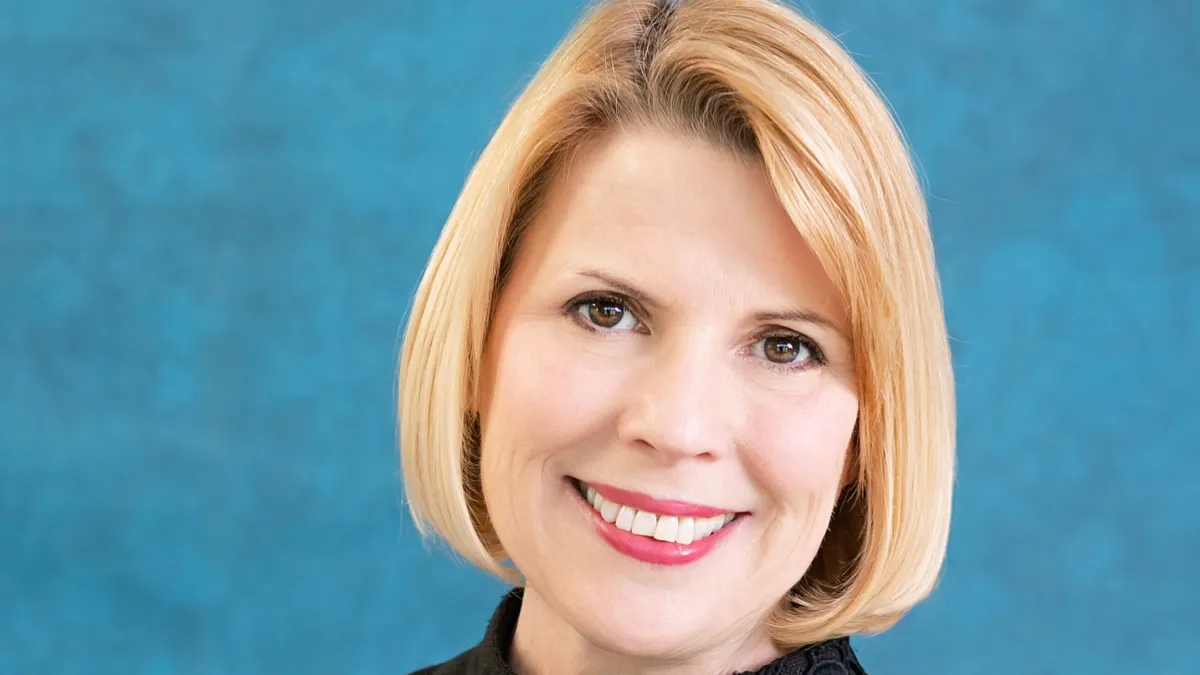



 Dive Awards
Dive Awards

